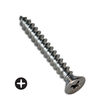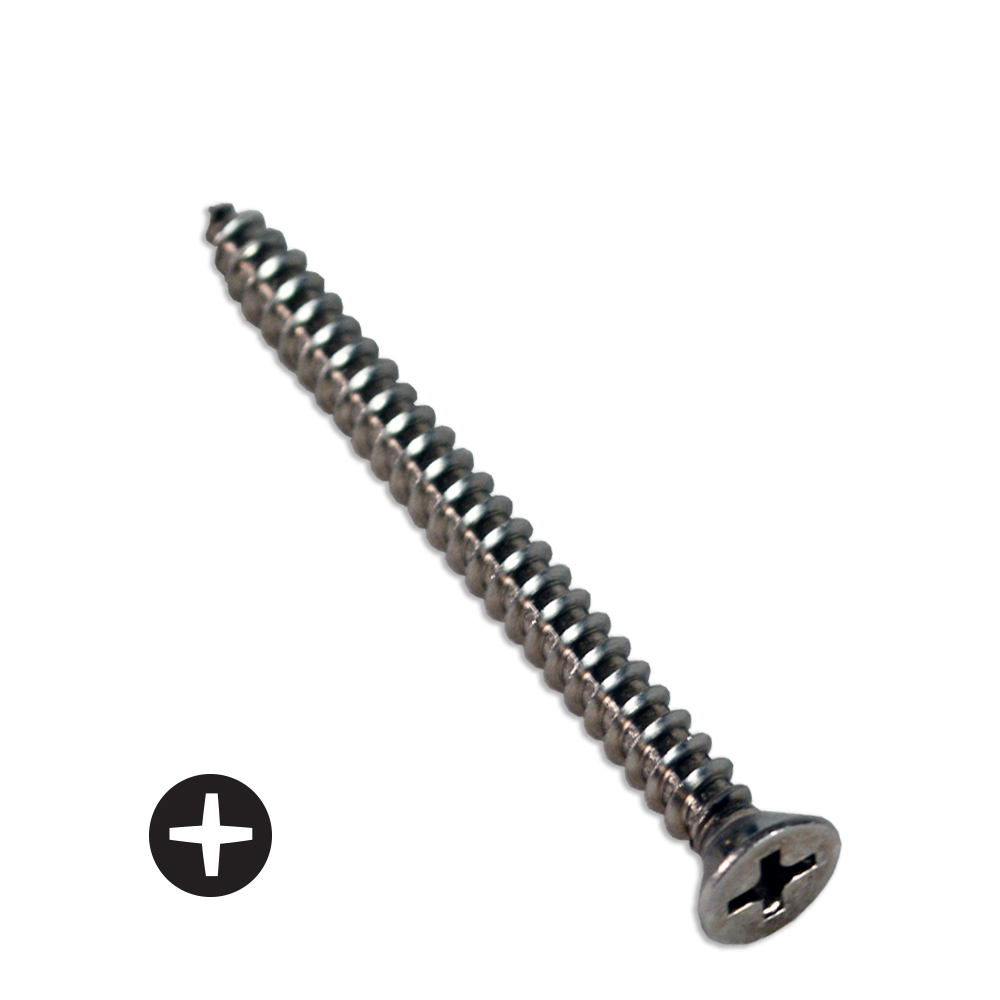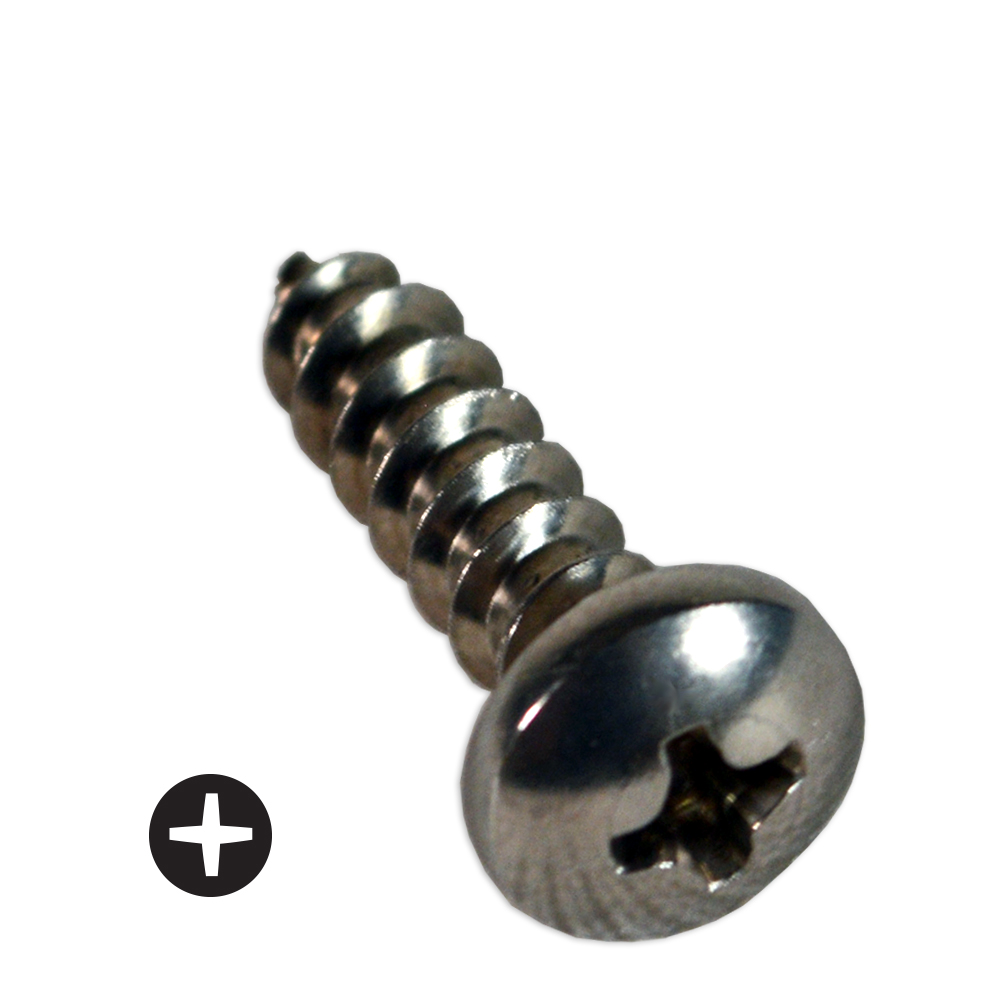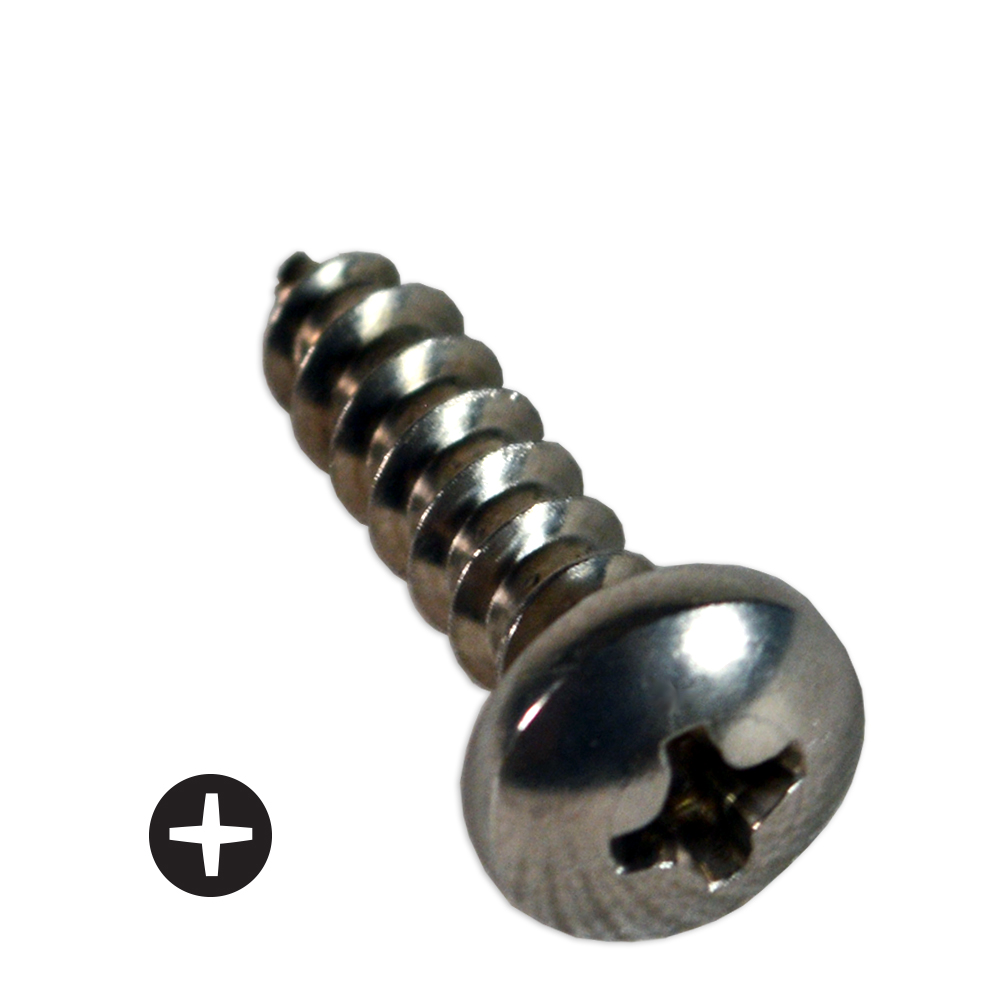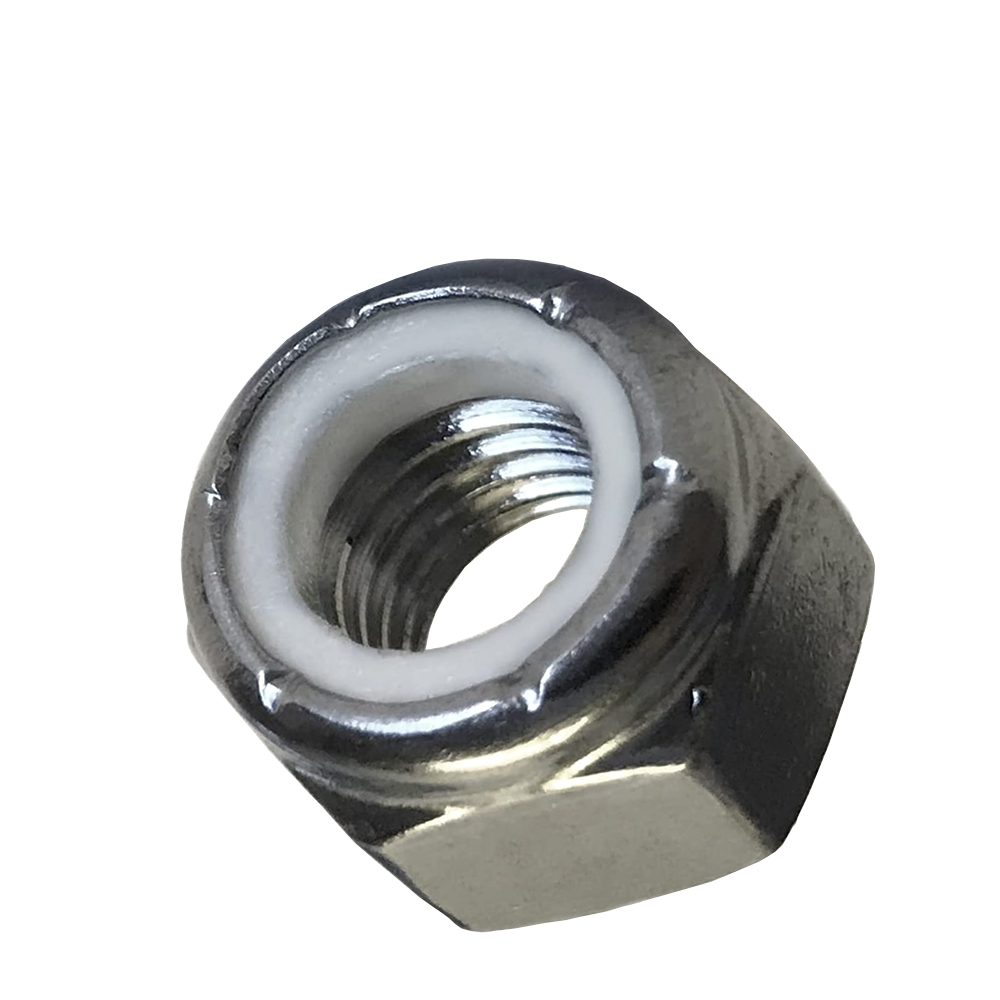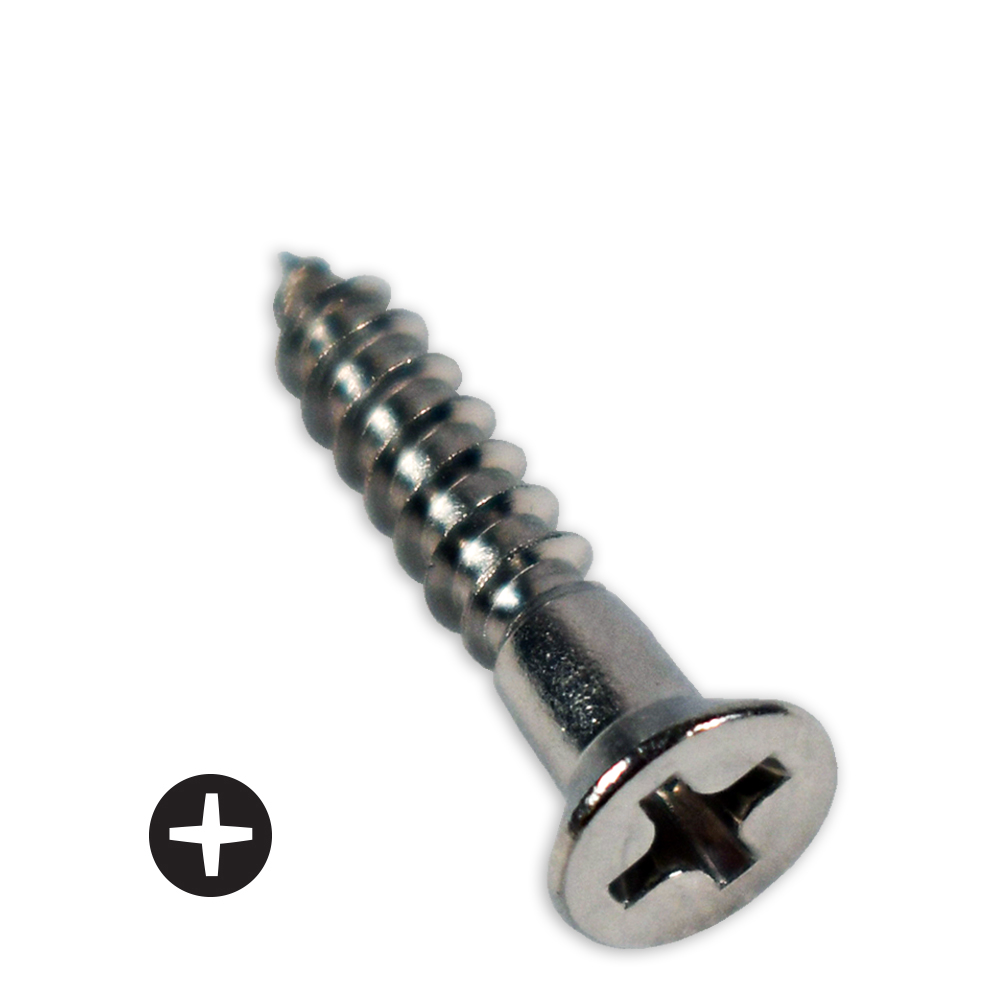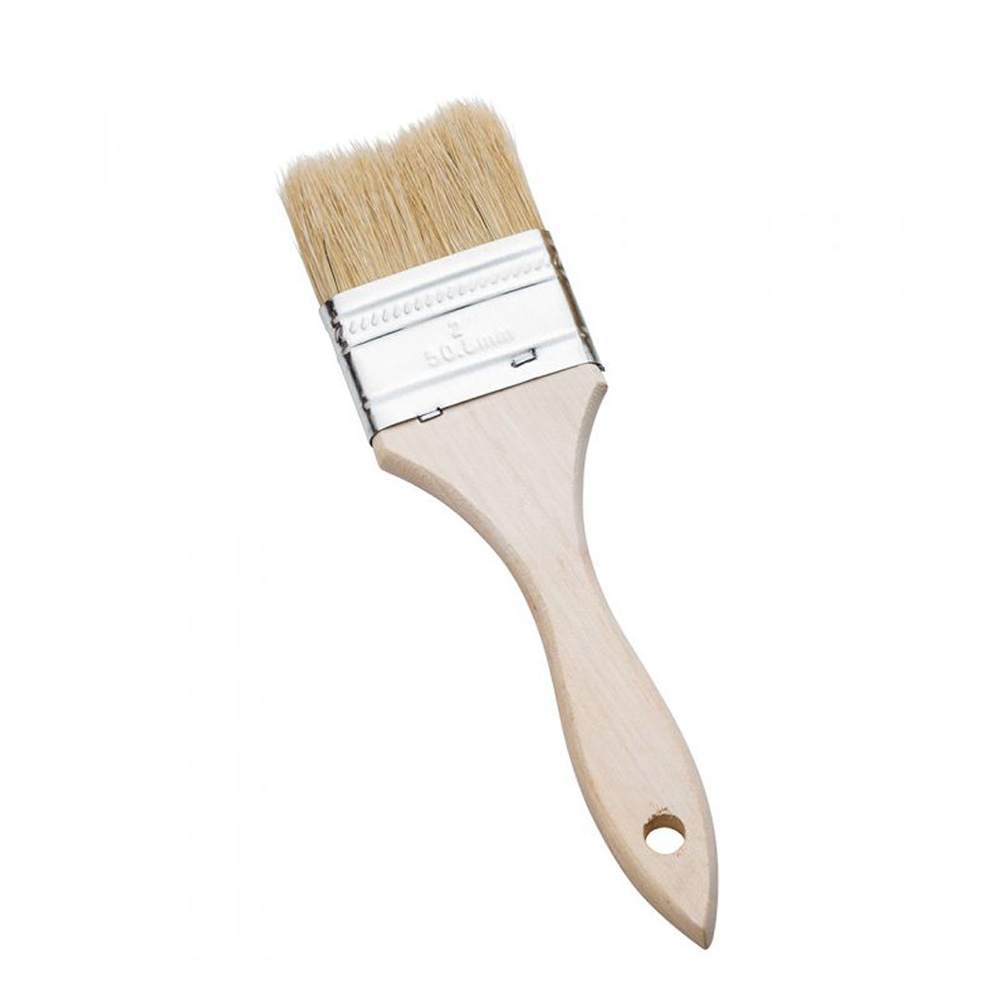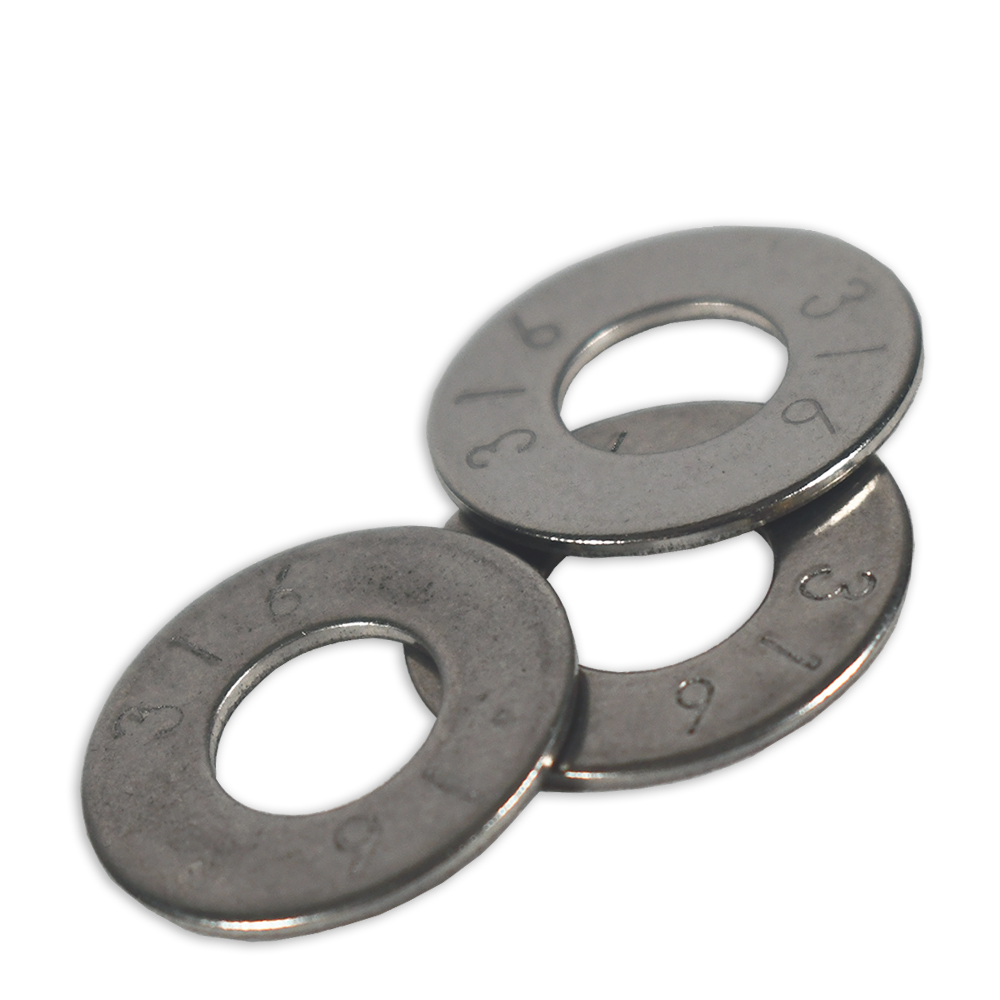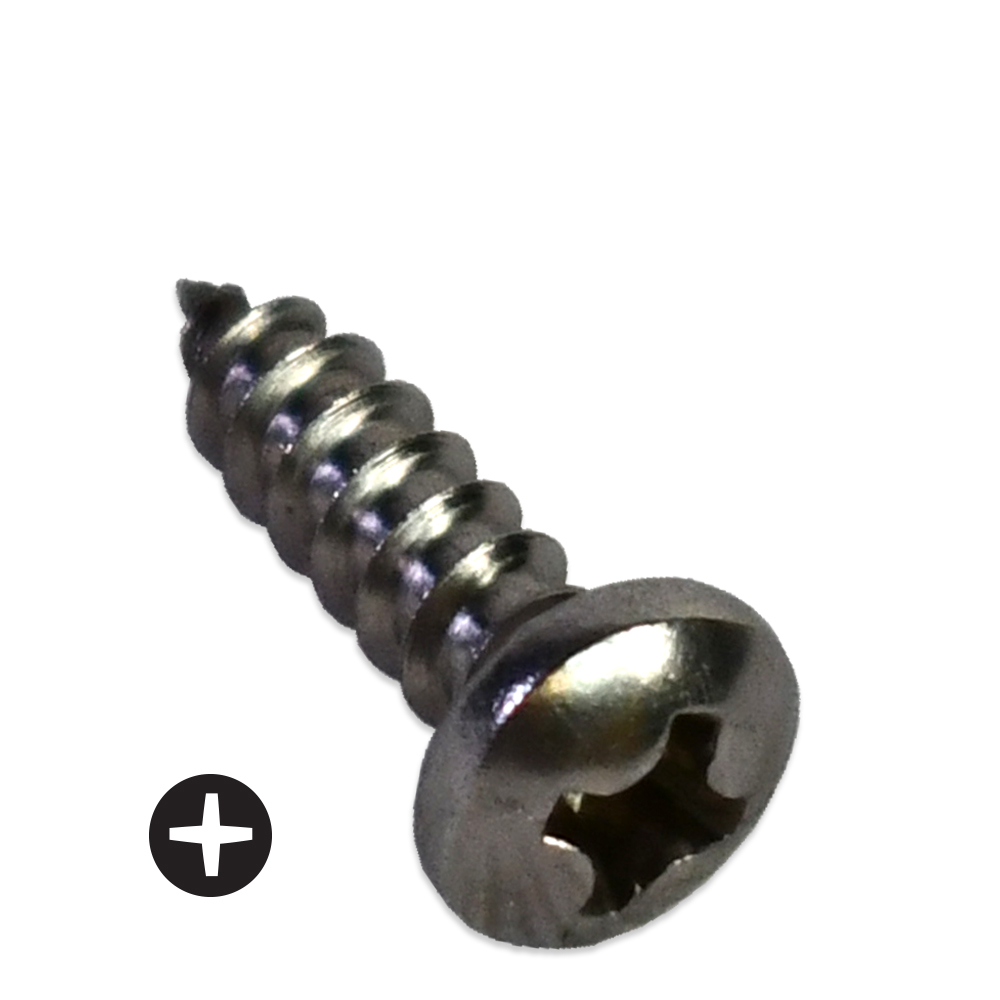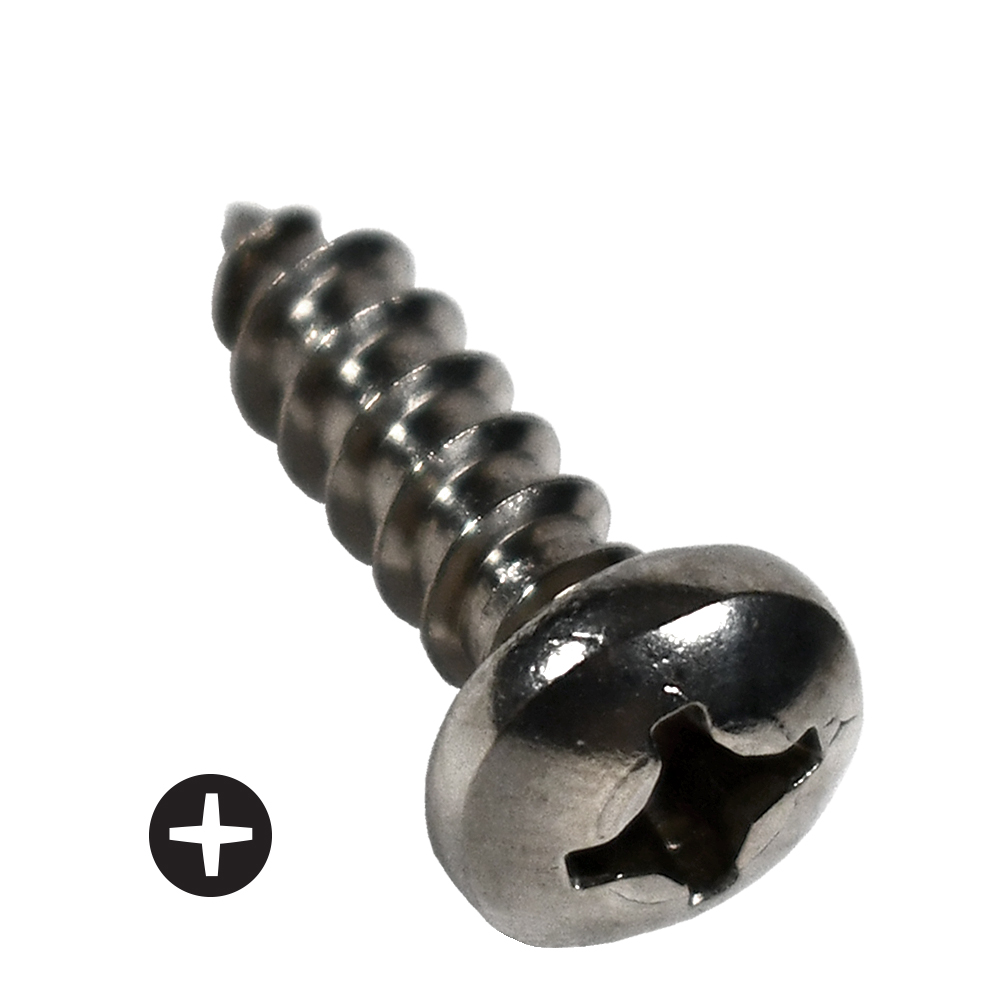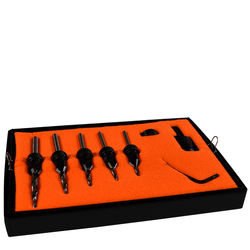This item is eligible for free shipping
#10 Flat head phillips drive self tapping screws made of stainless steel. Sometimes called sheet metal screws or self tappers, these fasteners are common for home repairs as well as installing hardware on your boat. Flat Head is the most common screw head type, and is used for general fastening when the screw head will be flush with the surface, or when it will be countersunk and the hole will be plugged. Phillips drive allows greater torque to be applied when fastening.
Reviews for #10 S/S Self Tappers Flat Head Phillips
Verified Purchase
Definitely would buy these again!!
Was this review helpful to you?
Verified Purchase
Unable to source product at local large national building products store and was happy to find Jamestown on the web. Great selection, very reasonable pricing and quality was excellent. Promptly shipped and received in short time.
Was this review helpful to you?
